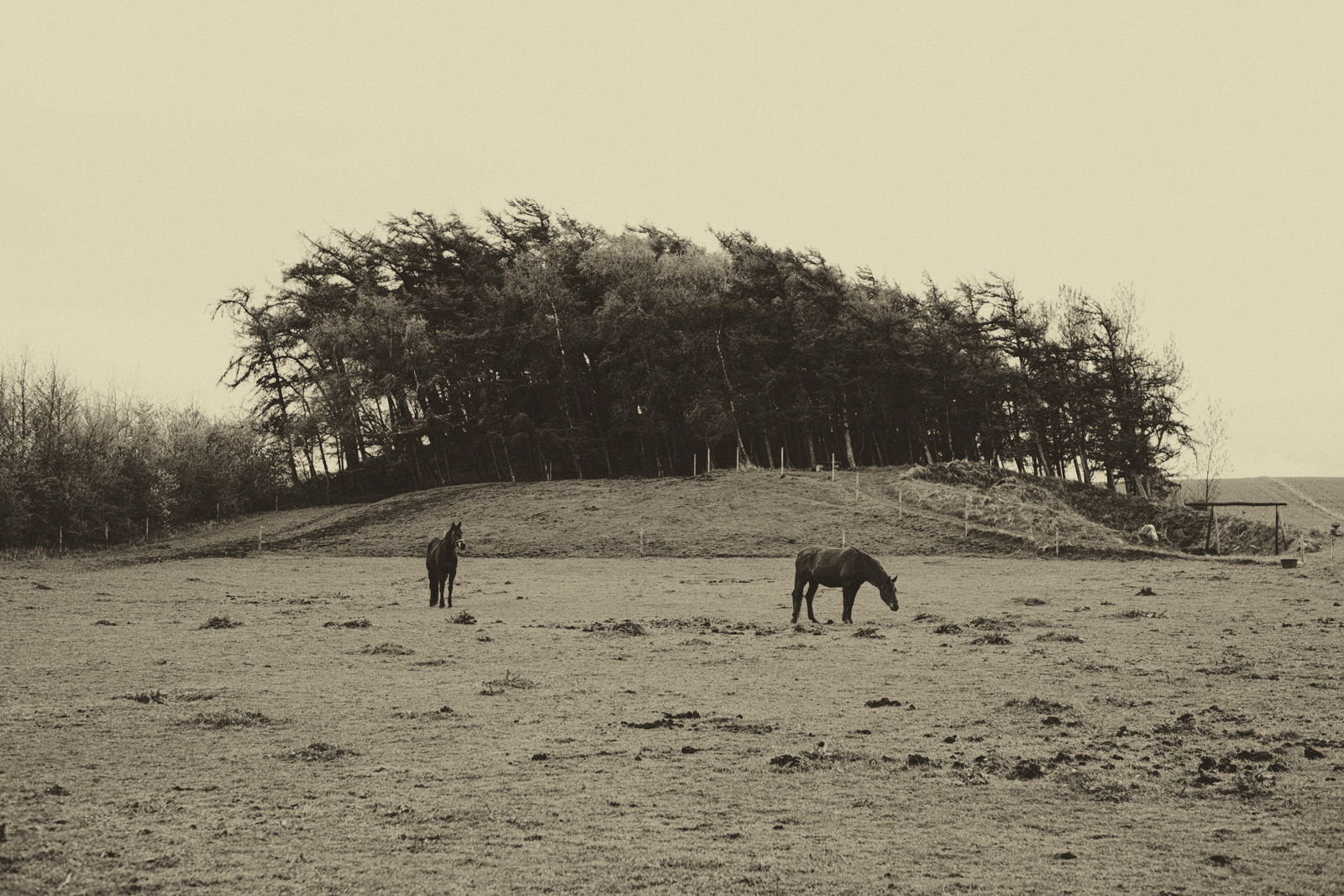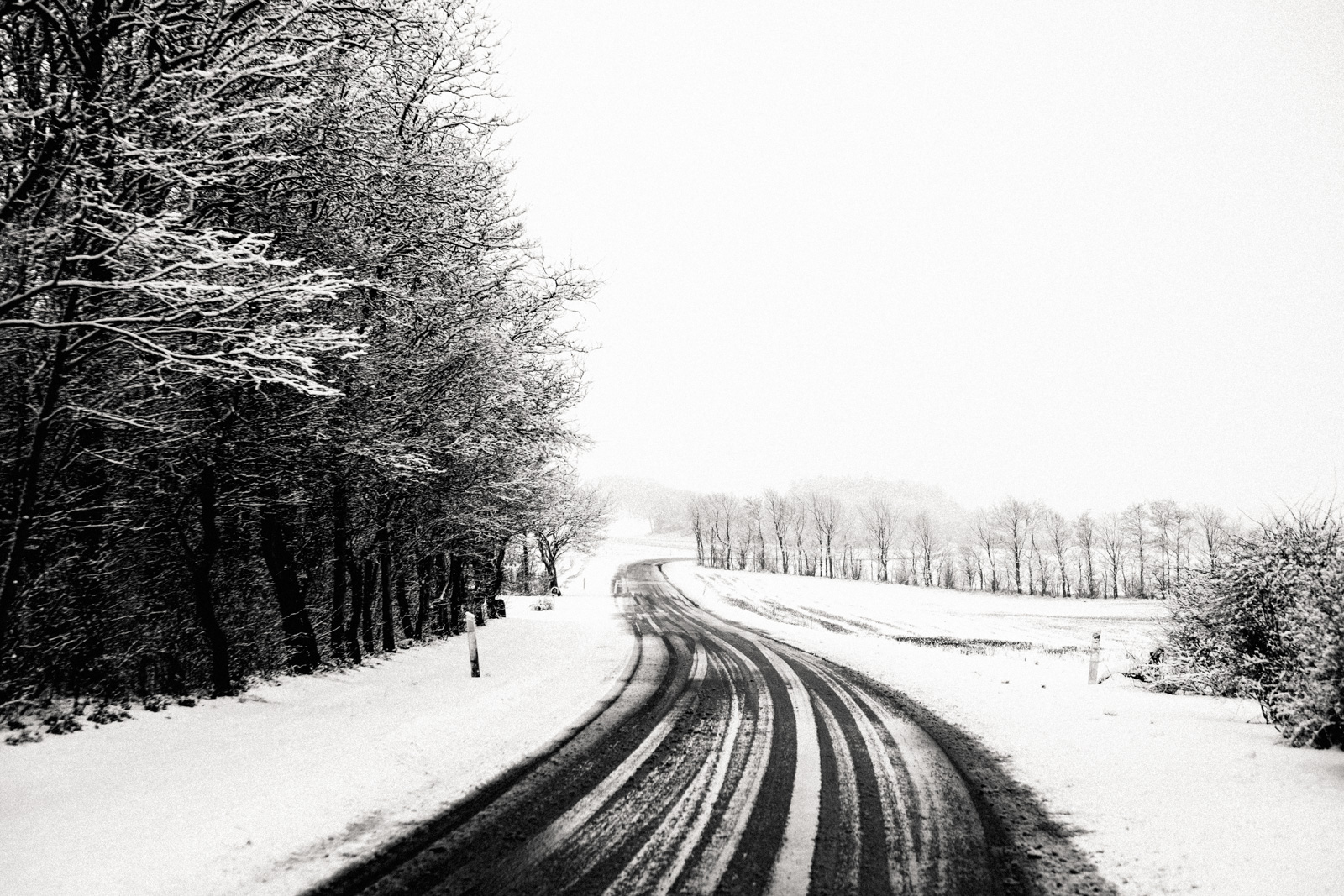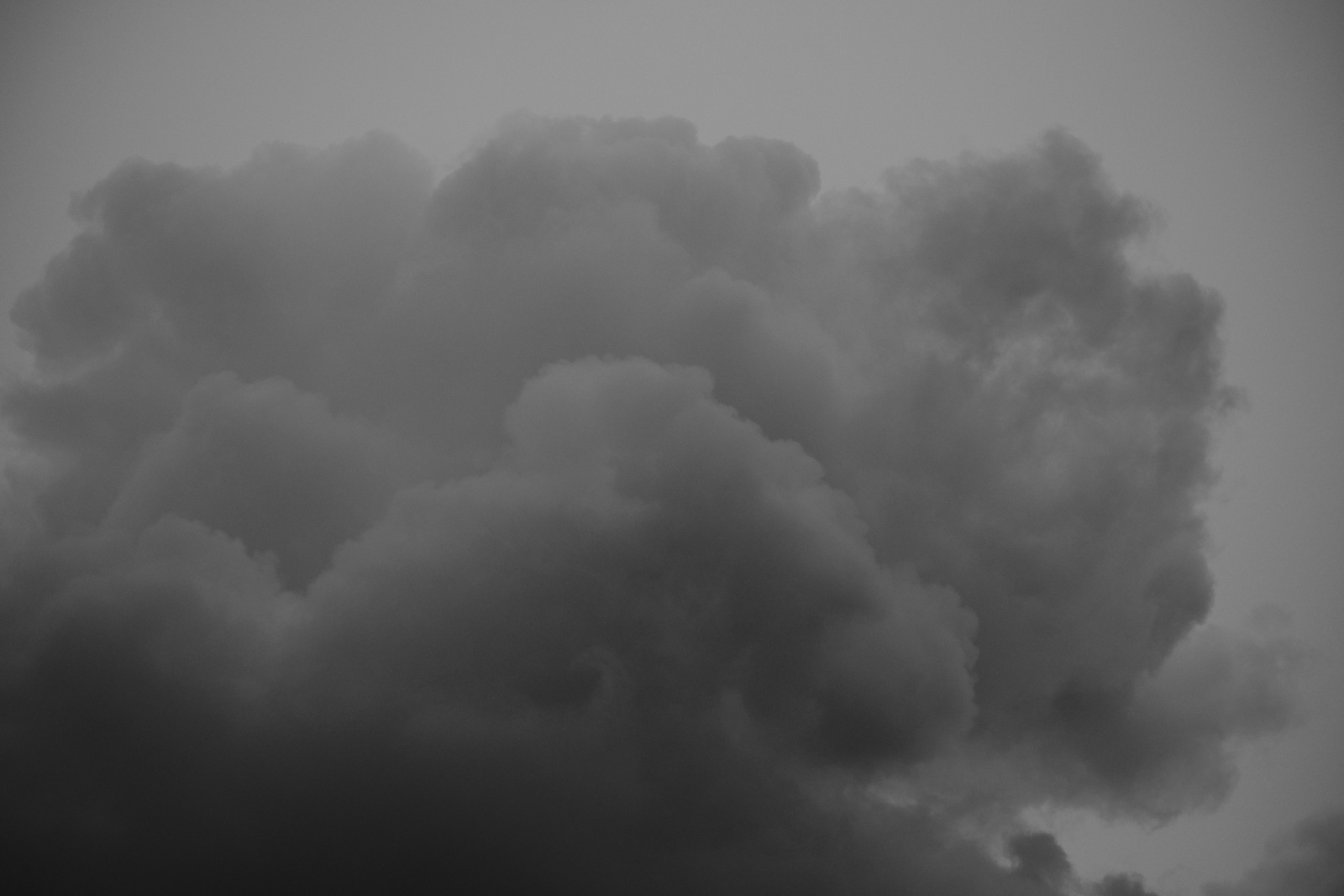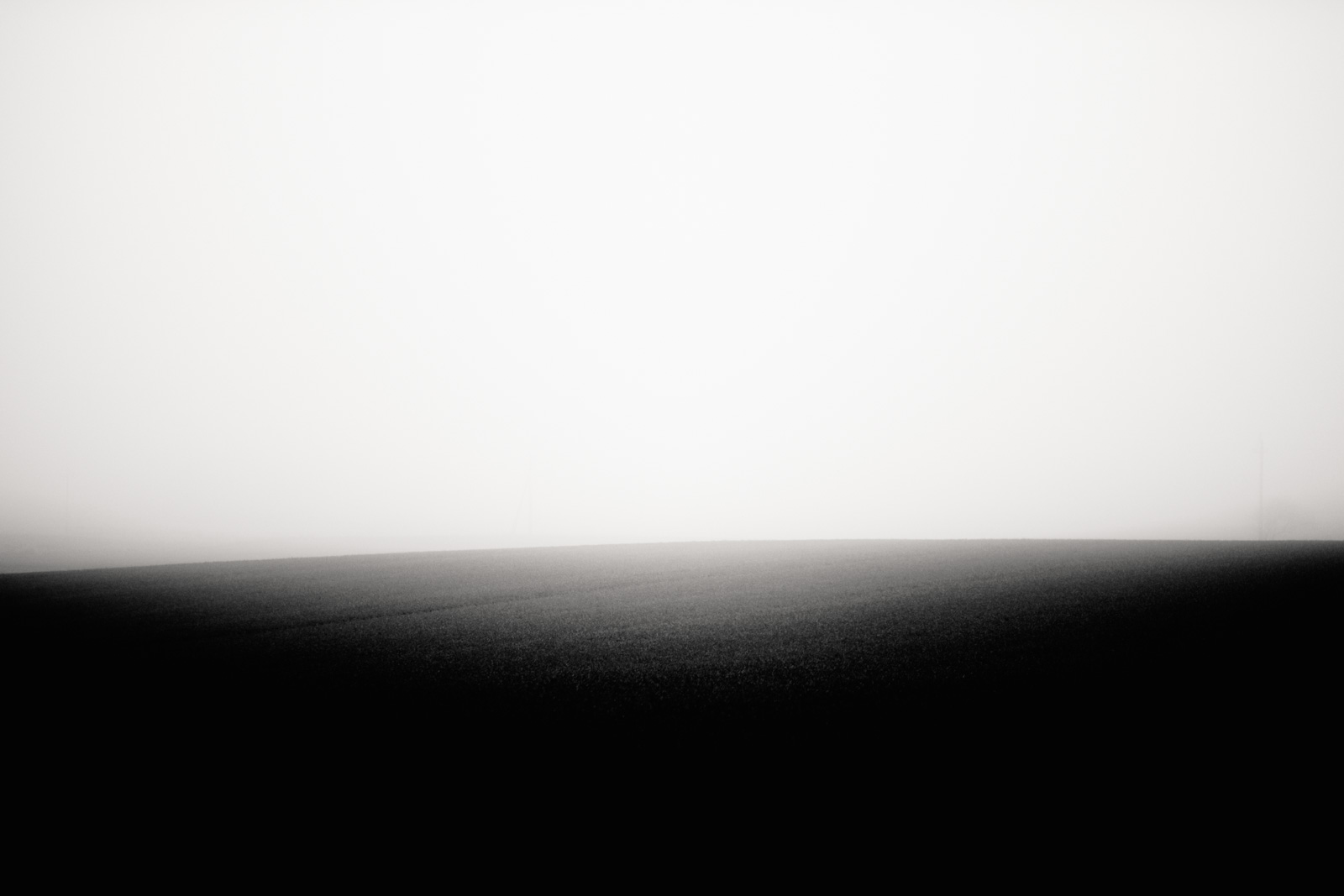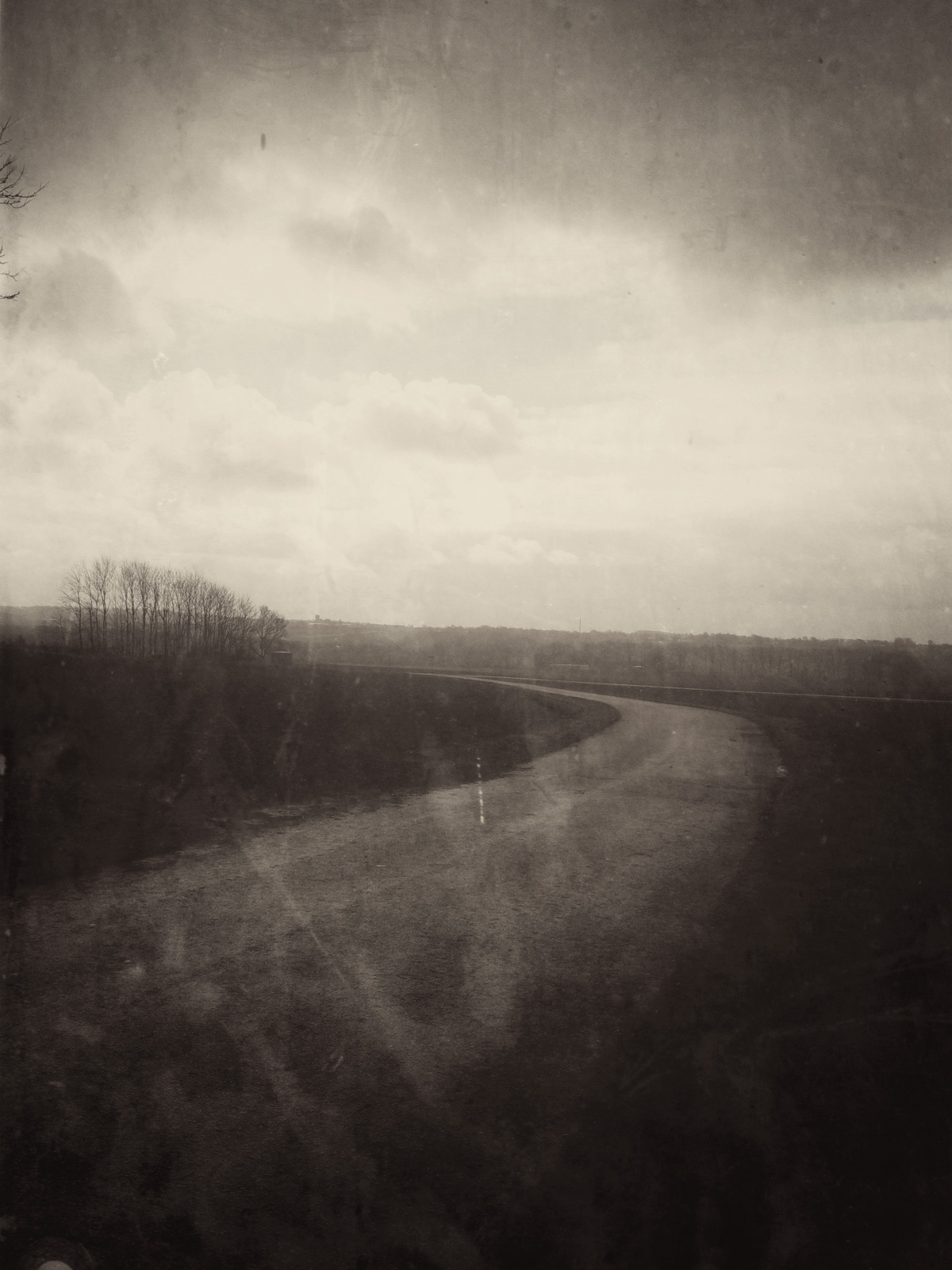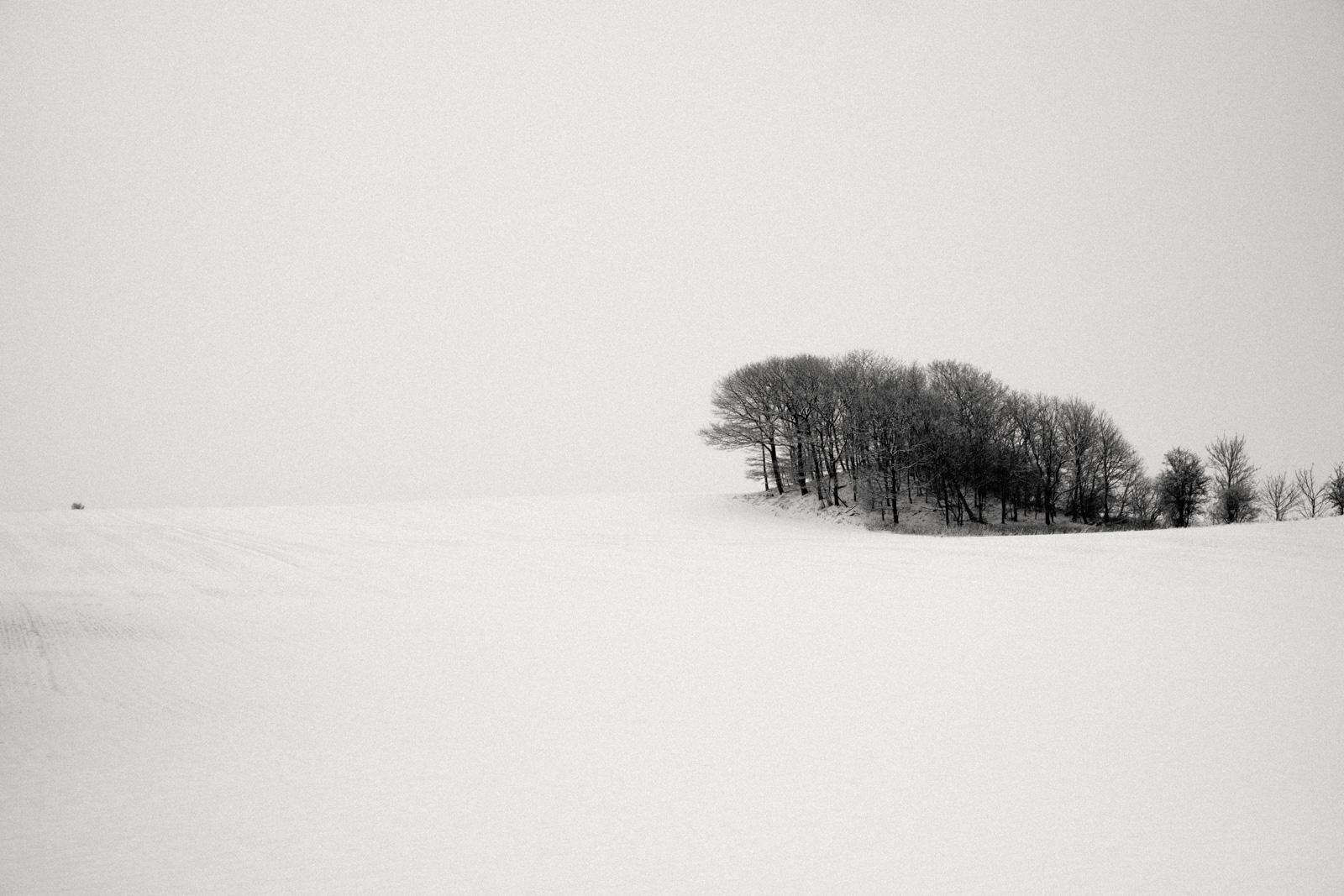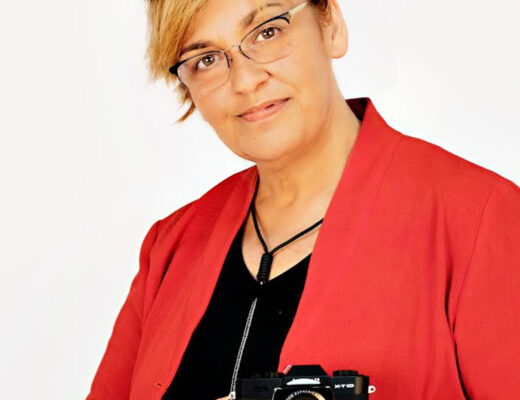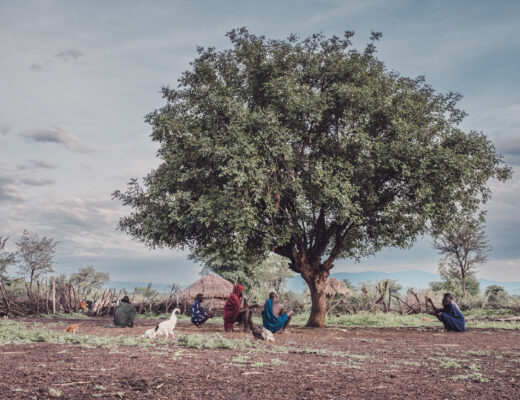Remember how I was talking about shooting street in Singapore and Malaysia with a small kit last month? Breaking my usual habits by closing the gap between myself and the crowds around me, reacting more spontaneously to things?
Well, I was looking forward to diving a little deeper into that new practice. But then I left. Swapped tropical, crowded, urban Singapore, for wintry, rural Denmark, with a suburban stop in between. Street shooting, when my environment is all frost-covered grain fields, one road, two humans, and three vehicles (on a busy day) is a little… er, challenging.
Most of us travel to get out of our comfort zone, to decouple from the autopilot of daily living, to get sensitized again to the pleasures of the ordinary in an unfamiliar context. Travel is as much about attending to the similar as it is the different. To learn something new is a pleasure; pair that with learning about ourselves anew, and the experience is profound.
I’m presently imbued with rural winter, which I have no existing map to navigate, being a warm-latitudes city slicker.
No matter how much I visit, it feels brand new every time.
My first visit three years ago had me agog at every little thing about the Danish countryside, so polar was it to the hot and shiny metropolis I call home. This is farming country: my partner’s father lives five kilometres out of town surrounded by cropland, Stone Age burial mounts and distant banks of wind turbines. The only crowds here are those of cows and pigs. The undulations of the earth remain as they have for generations, but window views always surprise. Whether they are poetic – a flight of swans winging across the cobalt evening, deer fleeing cloud shadows in the rippling pastures – or as mundane as a trail of new hills marking the garden mole’s passage overnight, there is always something that stirs the senses.
The most obvious thing to photograph here is the land itself.
I am well-acquainted with many landscape shooters, and they are rugged folk, who can carry a pack horse’s worth of hefty lenses, big tripods, assorted camping gear for a hundred mile hike/ski/canoe, and relish their encumbered battle with the elements when said elements are at their most disagreeable (I exaggerate for effect, but truly, landscape shooters are a tough breed). Me, I’m an urban stroller who uses small cameras and can’t voluntarily make it out of doors before sunrise. I can shoot industry, but given a vista of wheat fields glowing on a summer evening, blue skies and brushstroke cirrus, I couldn’t make a picture worth keeping.
It took a couple of years, visiting this pocket of the country, to understand that landscape shooting isn’t necessarily about big lenses that deliver perfect detail and color rendering, or tripods that will withstand Ragnarök. Like all equipment, these things are essential only if you’re a Norse god wanting to time lapse the battle for existence, or your work depends on their particular qualities.
Understanding the draw
I took a tentative first step into shooting landscapes during a dark time. Through this period, I found that a certain type of work hit me harder in the gut than others. These were landscapes. Black and white ones: Michael Kenna, Kirsten Klein, and Sally Mann, for example. They aren’t necessarily picture perfect idylls, but their distillation of meaning and emotion with light, form and structure is exquisite. This is not news to anyone who studies this sort of work, but I’m generally new to landscapes, so every inkling I’ve gleaned from my pursuit of the genre so far, is a small revelation.
That, I decided at some point, is the sort of work I aspire to, regardless of environment. It was where my Landscapes of Memory project really started.
Beginning
I began this project by chance. Out for a walk one day, it started to rain. Taking shelter in a thicket of trees, with nothing to do but wait, I pulled my phone out of my pocket to snap a few pictures. I loathe shooting with my phone, but it was the only camera I had on me, so it had to do. Later on, playing with some processing on Snapseed, I had one of those “I think I’ve got something here” moments when the end result materialized:
I’m still beginning. And because this whole thing started on a melancholy note, that feeling is the basis on which this landscape project is built.
Working with what’s there
In the last couple of years, spending time in rural Denmark during the colder seasons was good for several things:
1. Having the quiet and space to contemplate the environment around me – an important facet of any practice, but critical at the beginning, when doubt rules and resolve is skittish.
2. Total immersion in the environment. The nearest little town is five kilometeres away, so heading out the door is heading into the landscape by default.
3. Sad weather. There is plenty of damp grey in Denmark. Fog, mist, rain, snow, and the associated visual phenomena are there for the taking. This is lucky as sunny days convey a sharper mood than I am after. And also I’m thrilled by the cold in general. Snow is a bonus. Fog is my favourite weather phenomenon. That blanket of moisture gives your average garbage bin the mystique of magical chariot. Throw a castle or two into the mix, and I could die utterly contented.
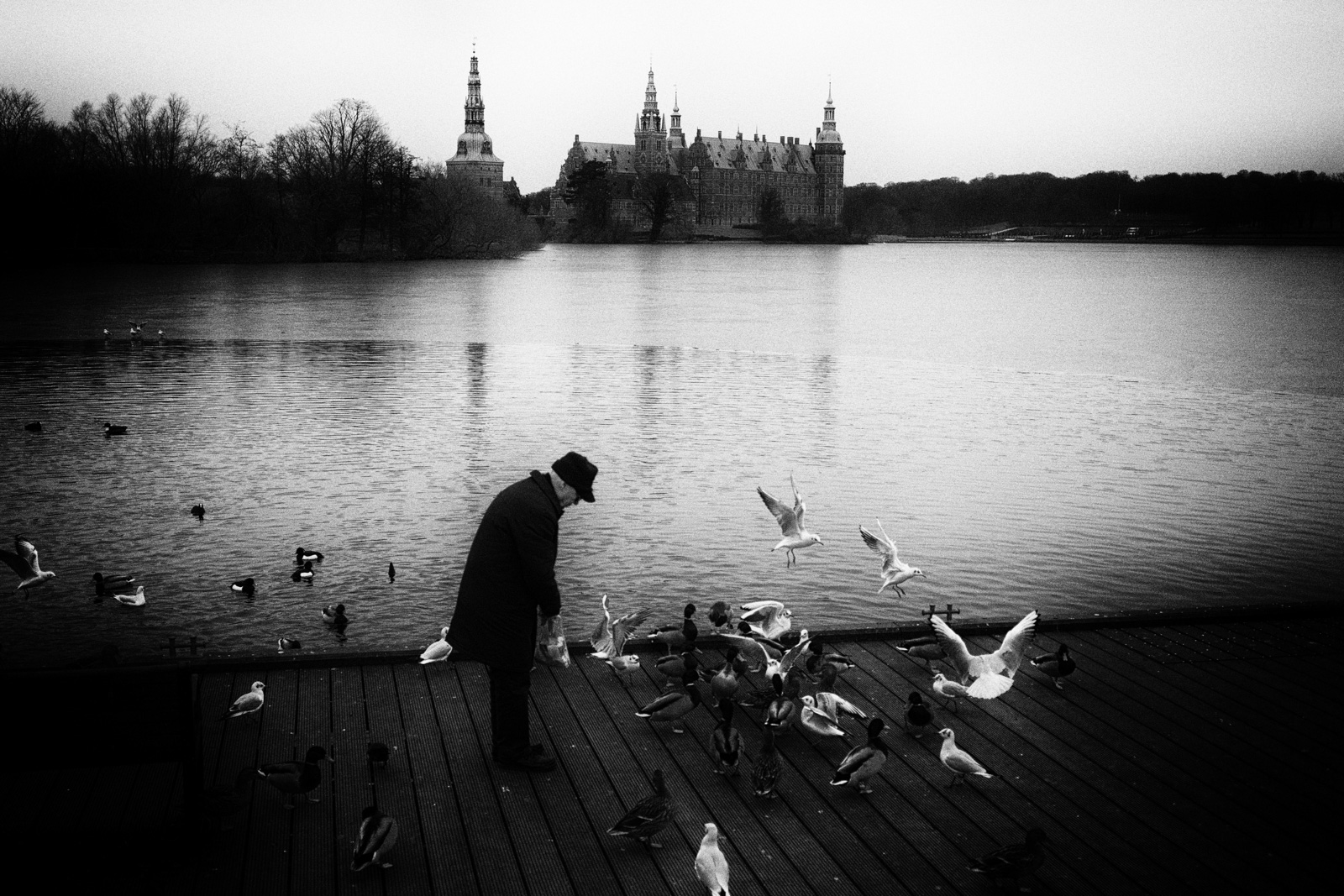
An aberration from northern Jutland. This is Hillerød, just outside of Copenhagen. X-E3 and XF27mmF2.8.
I’ve been in Denmark for a month, at the time of this writing. I’m lucky to be here during the winter-spring transition, as there’s been a variety of weather to experience: the sunny, sub-zero frost; the dampness of just-thaw, the days where the world holds its breath and mist floats gently above bare fields, and wild stretches that see the sky turn into a layer of churning slate, wind freezing the air in my lungs before snatching it away.
Setting limits
Gear
I started this project shooting with my phone, which I’ve stopped using, because I still dislike shooting with one after all this time. Camera-wise, whichever camera body I have at the time (X-T1, X-Pro2, X-E3 over the years) has been paired most frequently with the good old XF35mmF1.4 lens.
The 53mm view – the closest I can get to my own vision – is the one I keep coming back to with this project, appropriately.
Processing
Because the moody, black and white landscapes of others were a starting point for this project, it was always going to be a monochrome body of work. My early attempts (see the beginning of my Instagram feed) were a little colorful owing to the new discovery of the Snapseed processing app. As I’ve settled in to this project, and my aim of expressing the poignancy of the scene have become clearer, it has become a reflection of mood that only exists in black and white.
Evolving
As I mentioned earlier, I’m still beginning. I’ve only been working on this project intermittently for a couple of years, and it evolves as my relationship with Northern Jutland changes, and understanding of the region’s story grows.
By giving the project space to grow, it becomes richer with time. I will probably never do anything with this work outside of sharing some images on the web and making a biannual book for family and friends. It is more a product of spending long spans of time here in Northern Jutland, than an end in itself, and part of the process of adapting from the world I come from, to the world that is a living part of my partner’s history. Concerns about the impact of farming on wildlife is somewhat abstract to someone whose understanding of life comes from cities, until you’re right in there with the people who live and work in this industry. Being in contact daily with the human link to food production, its impact on the very soil I stand on, and life I have learned to take for granted (bugs and birds in spring, for instance) is an education I would never have gotten otherwise. And I am richer for it.


